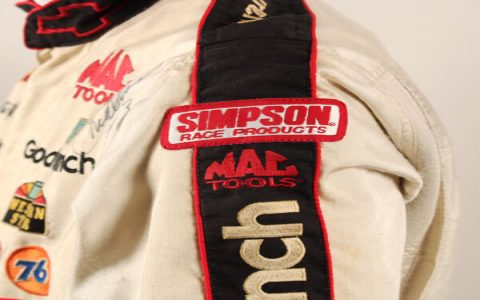Dale Earnhardt Sr.'s firesuit symbolized both advanced protection and critical limitations in pre-2001 motorsports safety. Its evolution underscores vital lessons adopted after his fatal Daytona 500 crash.
Technical Specifications of the Suit
Earnhardt’s suit was a state-of-the-art triple-layer Nomex ensemble meeting SFI Foundation 3.2A/15 standards. Key properties included:
- Flame resistance – Withstood temperatures exceeding 1,500°F for 10 seconds.
- Multi-layer construction – Outer shell, moisture barrier, and thermal liner preventing steam burns.
- Custom ergonomics – Balanced mobility with coverage.
Critical Safety Limitations Revealed
Post-accident analysis exposed vulnerabilities beyond fire protection:

- No head/neck support – The suit lacked integration with restraints, allowing fatal basal skull fracture during sudden deceleration.
- Material vulnerability under extreme force – While flame-retardant, high-impact collisions could still cause fatal internal trauma.
Transformative Safety Mandates After 2001
Earnhardt’s accident accelerated non-negotiable safety reforms:
- HANS device requirement – Mandated by 2004 to anchor head/neck movement.
- Seat redesign – Six-point harnesses replaced shoulder belts.
- Carrier innovation – SAFER barriers absorb kinetic energy.
- Enhanced suit testing – New SFI 40.1 standards evaluate compression protection.
While Earnhardt’s suit exemplified contemporary fire safety, its inability to mitigate crash forces catalyzed integrated safety systems saving countless lives in modern motorsports.








